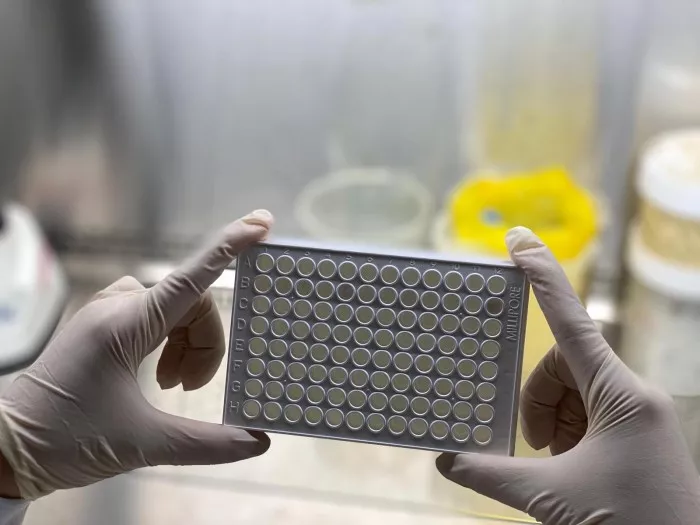Currently, the mRNA based covid-19 vaccine is injected deep into the muscle -- this is called intramuscular injection. Another type of injection is called subcutaneous injection, where a short needle can inject drugs into the tissue between the skin and muscle. In the experiments on mice, researchers found that subcutaneous injection of covid-19 mRNA vaccine may reduce the adverse reactions after vaccination, such as fatigue, and still provide similar immune system responses.
Although it has high curative effect on sars-cov-2, how to avoid the mRNA based covid-19 vaccine and the adverse reactions such as fatigue after vaccination?
In a new study published in PLoS Biology on May 31, ayesa syenina and her colleagues from Duke University of Singapore - National University of Singapore School of Medicine reported that in a new analysis of blood samples from people vaccinated with covid-19 vaccine, they found obvious molecular characteristics related to the increased likelihood of post vaccination fatigue. In addition, experiments in mice showed that changing the vaccine injection strategy may alleviate this adverse reaction.
Adverse reactions after vaccination may affect people's willingness to receive vaccines or enhanced doses and hinder efforts to reduce the transmission and severity of covid-19. However, the molecular basis of adverse reactions after vaccination has been unclear.
To improve understanding, syenina and her colleagues analyzed blood samples from 175 health care workers who received bnt162b2 (Pfizer biotechnology's covid-19 vaccine). Specifically, they used these blood samples to analyze each participant's gene expression snapshots or which genes were turned on or off.
Analysis showed that people with moderate fatigue after vaccination were more likely to have higher baseline expression in genes related to the activity of T cells and natural killer cells, two key cell types in the human immune system.

The researchers also tested two different vaccination strategies in mice. Some mice receive bnt162b2 by intramuscular injection, which is the method currently used in human patients, in which the vaccine is injected into the muscle. Other mice received subcutaneous injections, and the vaccine was injected into subcutaneous tissue.
After vaccination, compared with mice receiving intramuscular injection, mice receiving subcutaneous injection showed immune system response, which was consistent with the low possibility of adverse reactions such as fatigue. However, subcutaneous injection did not seem to impair the protective effect of vaccination.
On the basis of these findings, it is necessary to further study and explore its clinical significance. Nonetheless, they promote an understanding of post vaccination fatigue and provide a potential strategy to reduce its likelihood.
Co author eng eong Ooi added: "this study provides the first in-depth understanding of the molecular basis of side effects experienced by many people after receiving mRNA vaccine. We hope that this discovery will stimulate more research to fully understand the supporting mechanism behind vaccine related side effects and jointly promote the development of more tolerable vaccines."